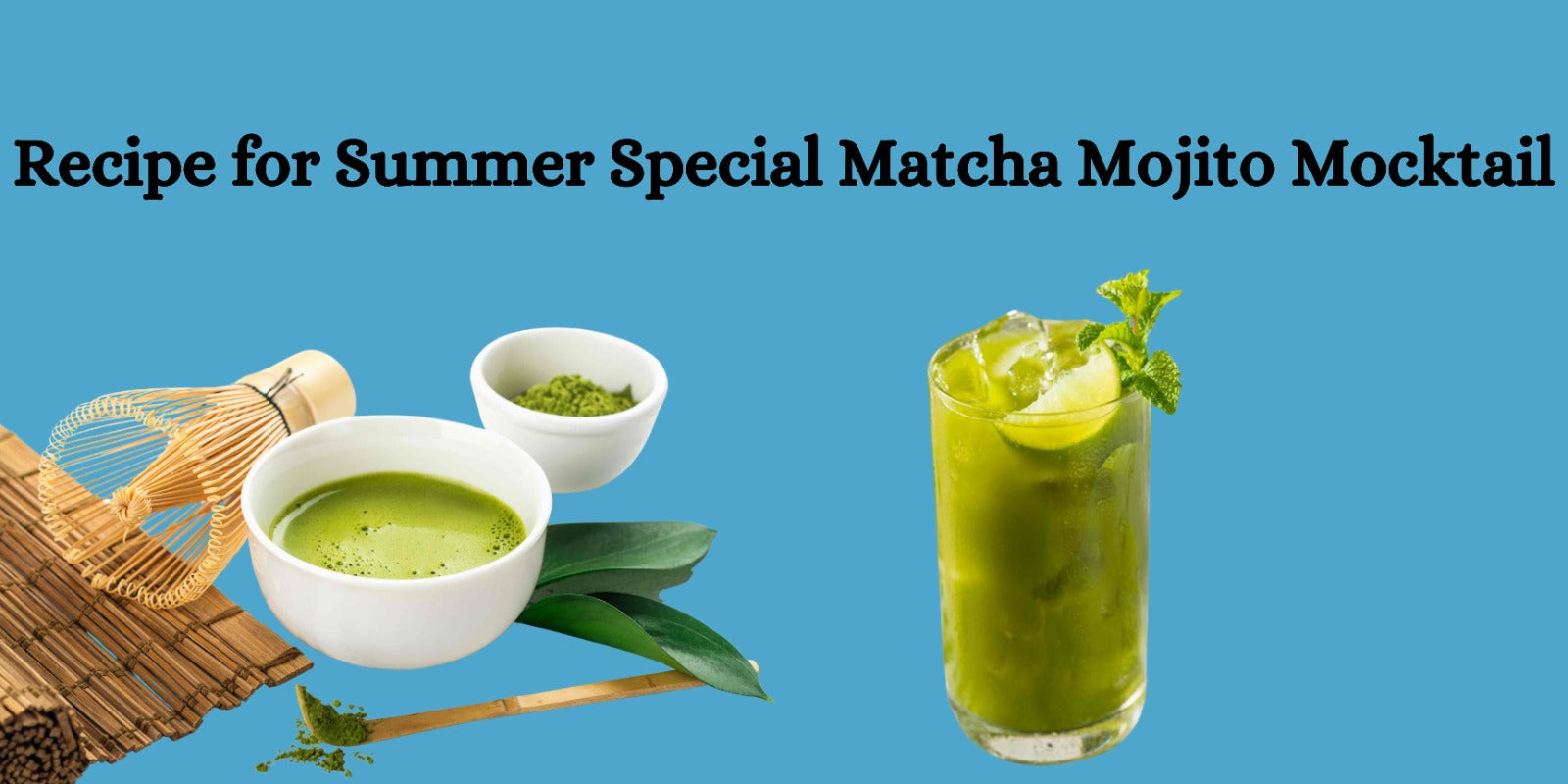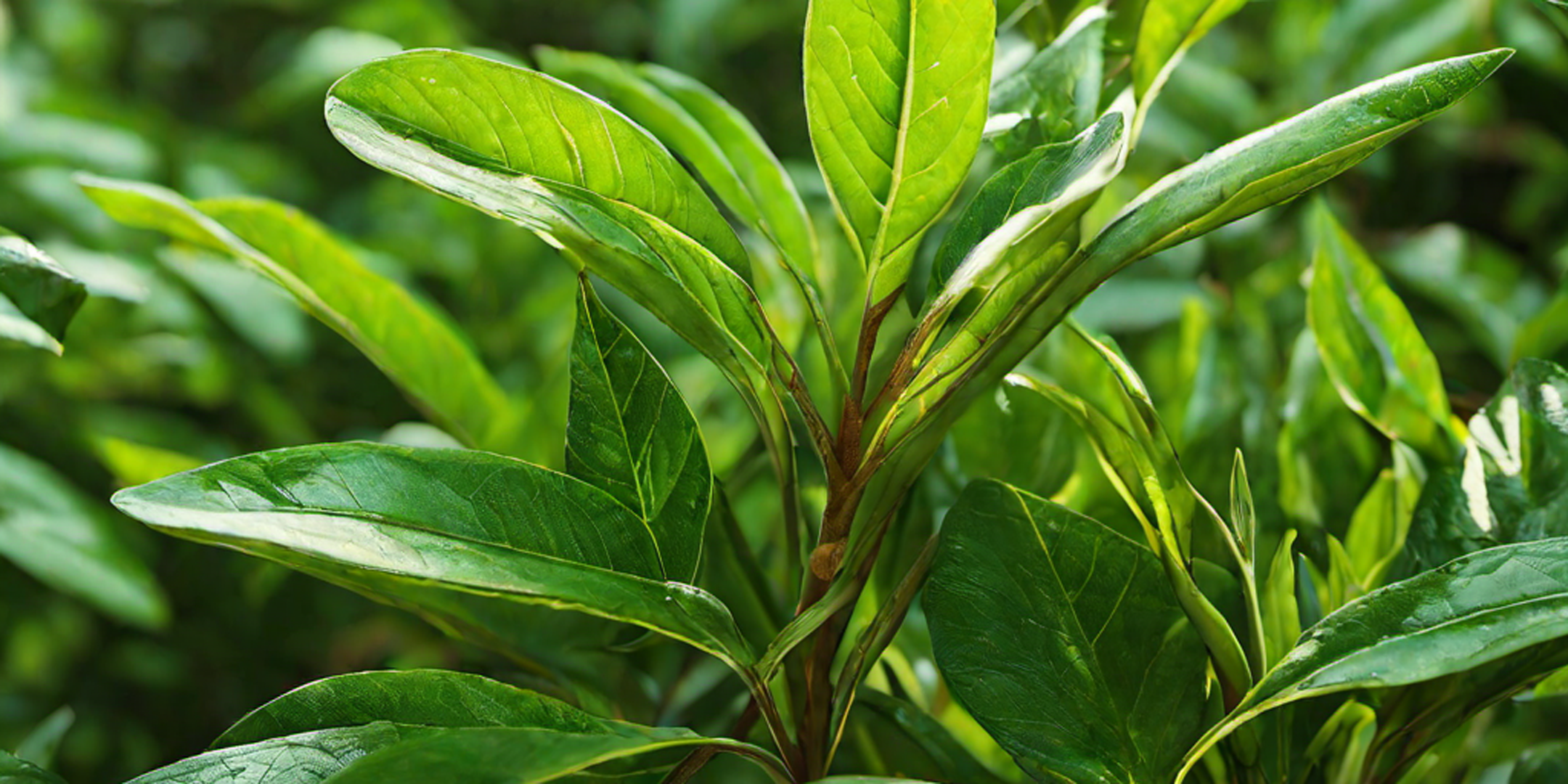Tea has been enjoyed for centuries, but the addition of milk is a fascinating tradition with deep cultural roots. Some people love their tea with milk, while others prefer it plain. But have you ever wondered where this practice started? Let’s take a journey through history and explore how and why milk became a part of tea-drinking traditions.
The Origins of Adding Milk to Tea
Tea originated in China over 5,000 years ago, but the Chinese traditionally drink their tea without milk. The practice of adding milk to tea began elsewhere, with different reasons behind it.
One of the earliest records of milk in tea comes from Mongolia and Tibet, where people drank butter tea made with yak butter and salt. This was a high-energy drink suited for the cold climate.
However, the milk tea we know today became popular in Europe during the 17th century, particularly in Britain and France. At that time, tea was a luxury import from China, and Europeans developed their own ways of preparing it.
Why Was Milk Added to Tea?
Historians suggest several reasons why milk was introduced into tea:
☕ To Protect Fine China Cups
When tea was first introduced to Europe, it was served in delicate porcelain cups, which were fragile and expensive. Hot tea could cause these cups to crack. By pouring milk first, the temperature of the cup remained stable, preventing cracks.
☕ To Reduce Bitterness
Early black teas were often strong and slightly bitter. Adding milk softened the taste and made the tea smoother and creamier.
☕ To Add Nutrition and Richness
For some cultures, tea with milk became a way to make the drink more filling and nutritious. In countries like India and Britain, milk tea provided a good energy boost.
The British Influence on Milk Tea
The British played a major role in spreading milk tea culture. By the 18th century, tea drinking was popular across Britain, and milk became a standard addition, especially in black tea blends like Earl Grey and English Breakfast tea.
The "Milk First or Tea First" Debate
A long-standing debate exists among British tea lovers: Should you add milk first or tea first?
-
Milk First: Prevents porcelain cups from cracking and ensures an even mix.
-
Tea First: Allows the drinker to control the strength and flavor of the tea.
Today, most people add tea first, as modern cups are more durable. However, the debate continues among traditional tea lovers!
Milk Tea Around the World
Different cultures have their own versions of milk tea. Here are a few famous ones:
🌍 British Milk Tea – Traditional black tea with milk and sometimes sugar.
🌍 Masala Chai (India) – Spiced tea with milk, flavored with cinnamon, cardamom, ginger, and cloves.
🌍 Hong Kong-style Milk Tea – Strong black tea mixed with evaporated or condensed milk.
🌍 Bubble Tea (Taiwan) – Cold milk tea with tapioca pearls.
🌍 Thai Iced Tea – Sweetened black tea with condensed milk and ice.
Each of these variations has a unique flavor, history, and cultural significance.
Conclusion: A Tradition That Continues
The tradition of adding milk to tea has evolved over centuries, influenced by culture, convenience, and personal taste. Whether you enjoy classic British milk tea, spiced Indian chai, or creamy Hong Kong milk tea, this simple addition has transformed tea drinking around the world.
Next time you sip a cup of tea with milk, take a moment to appreciate its long and fascinating history!




